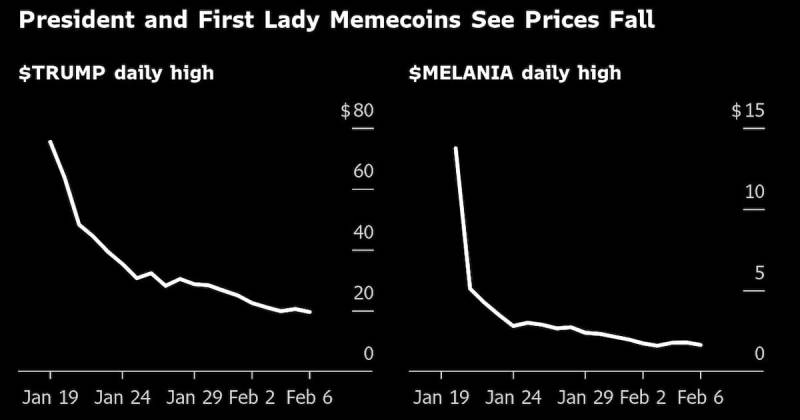Pectra — a portmanteau representing two separate upgrades, Prague and Electra — includes eight major improvements to the second-largest blockchain.

Ethereum developers have set test dates for Pectra, the network's first major upgrade in 11 months, putting it on track for a potential April release date.
The upgrade will contain an array of improvements — with a special focus on wallets and validators — and comes at a period of heightened scrutiny for Ethereum, which has recently faced pressure from its community to refocus and catch up with competitors.
Ethereum's core builders decided on Thursday during their bi-weekly "All Core Developers" call to begin testing Pectra on Feb. 24 on the Holesky testnet, with a follow-up test on the network's Sepolia testnet slated for Mar. 5.
Should those tests succeed, the developers will reconvene on Mar. 6 to determine when to launch the upgrade officially. According to Tim Beiko, the protocol support lead at the Ethereum Foundation, developers expect the upgrade to hit mainnet in early April.
“Holesky will fork at slot 3710976 (Mon, Feb 24 at 21:55:12 UTC). Sepolia will fork at slot 7118848 (Wed, Mar 5 at 07:29:36 UTC). Assuming Sepolia goes smoothly, we'll pick the mainnet slot on the March 6 ACD call,” Beiko wrote in a Thursday tweet.
Pectra — a portmanteau representing two separate upgrades, Prague and Electra — includes eight major improvements to the second-largest blockchain. Among the most-anticipated is EIP-7702, which is supposed to improve the user experience of crypto wallets. The idea is part of a broader blockchain trend called account abstraction, which encompasses a series of features meant to make using wallets less clunky (for instance, by allowing users to pay gas fees in currencies other than ETH). In this case, addresses on Etheruem known as externally owned account (EOAs) — which includes most user-controlled crypto wallets — will be reconfigured to support smart contract functionality, opening the door for wallet developers to offer a range of quality-of-improvements to their users.
Another major Pectra feature, EIP-7251, will let validators increase the amount they can stake — from 32 to 2,048 ETH. The change is supposed to help large validators consolidate their node operations (currently, staking more than 32 ETH requires using multiple nodes). It will also help speed up the process of setting up a new node — today's system has led to weeks-long queues for validators to spin up new infrastructure.
The Ethereum community has been grappling with an identity crisis of late. Its native token, ether (ETH), is underperforming against other cryptocurrencies, and competitor networks like Solana have drawn attention and talent from the Ethereum ecosystem — the first-ever programmable blockchain and still the most trafficked. Amid the drama — much of it directed at the Etheruem Foundation, which coordinates chain upgrades and is currently undergoing a major leadership shuffle — developers are hoping that Pectra will help put the network on steadier footing.
Disclaimer:info@kdj.com
The information provided is not trading advice. kdj.com does not assume any responsibility for any investments made based on the information provided in this article. Cryptocurrencies are highly volatile and it is highly recommended that you invest with caution after thorough research!
If you believe that the content used on this website infringes your copyright, please contact us immediately (info@kdj.com) and we will delete it promptly.






















































































